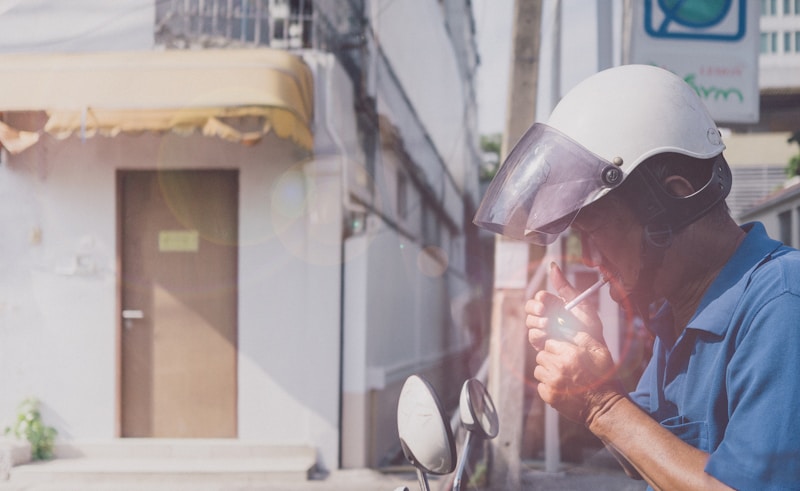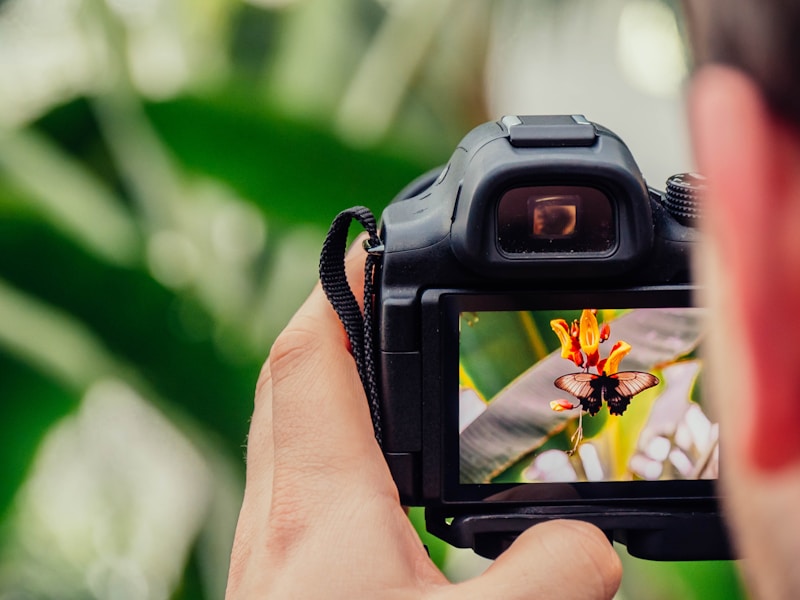Questions and Answers
What is the purpose of photographic lighting?
To manipulate the quality and positioning of a light source to create visual effects
What role does lighting play in determining exposure?
It determines exposure
What does lighting create that helps the brain recognize 3D objects in photographs?
The pattern of contrast
What can a skilled photographer do by manipulating the lighting in a photograph?
Signup and view all the answers
What is the 'key' light in a photograph?
Signup and view all the answers
What is the Inverse-Square Law in photography?
Signup and view all the answers
What is the three light setup in photography?
Signup and view all the answers
What is reflected light in photography?
Signup and view all the answers
What happens when a scene is lit with a tonal range or color cast that is out of context with what would typically be expected?
Signup and view all the answers
Study Notes
Photographic Lighting: How It Works
- Photographic lighting manipulates the quality and positioning of a light source to create visual effects, changing aspects of a photograph such as clarity, tone and saturation.
- Lighting determines exposure and can be used to create effects such as low-key and high-key in a scene.
- Lighting creates the pattern of contrast that the brain interprets to recognize 3D objects in photographs.
- A skilled photographer can manipulate how a viewer is likely to react to the content of a photo by manipulating the lighting.
- The sun hitting the front of objects facing the camera acts as "key" light creating highlights and casting shadows.
- Artificial lighting strategies that seem most "natural" duplicate the same contrast pattern clues seen on 3D objects in various lighting conditions.
- There are two significant differences between natural lighting and artificial sources: the character of the fill and a more rapid fall-off in intensity.
- The Inverse-Square Law describes the predictable way a point light source radiates and changes in intensity with distance.
- The three light setup is a common method used in photography, which uses three separate positions that help the photographer illuminate the subject.
- Reflected light is when a flash is directed upwards or sidewards, and the light is reflected from the wall or the ceiling to give more nuances to the subject.
- In practical terms, understanding what makes lighting seem natural makes it easier to create other desired reactions.
- Lighting a scene with a tonal range or color cast that is out of context with what would typically be expected will cause the viewer to notice the environment and make other than normal assumptions about it.
Studying That Suits You
Use AI to generate personalized quizzes and flashcards to suit your learning preferences.
Description
Test your knowledge on photographic lighting and how it works with this informative quiz! Learn about the different types of lighting, how to manipulate it to achieve desired effects, and the impact it has on the overall look and feel of a photograph. This quiz will challenge your understanding of lighting terminology, techniques, and strategies used by skilled photographers. Sharpen your skills and take your photography to the next level with this quiz!



